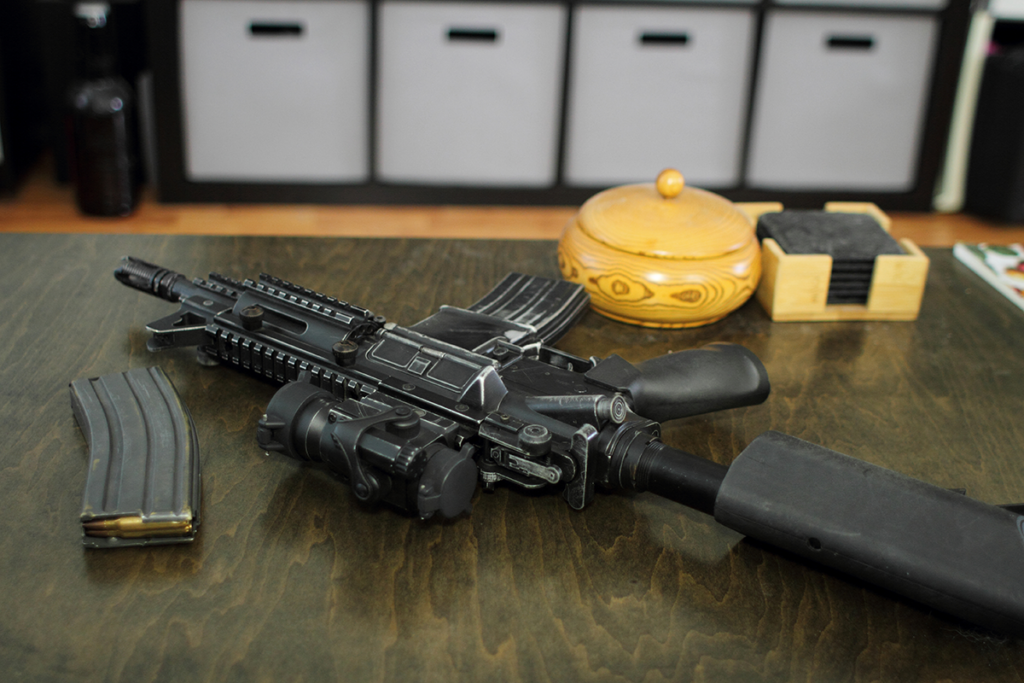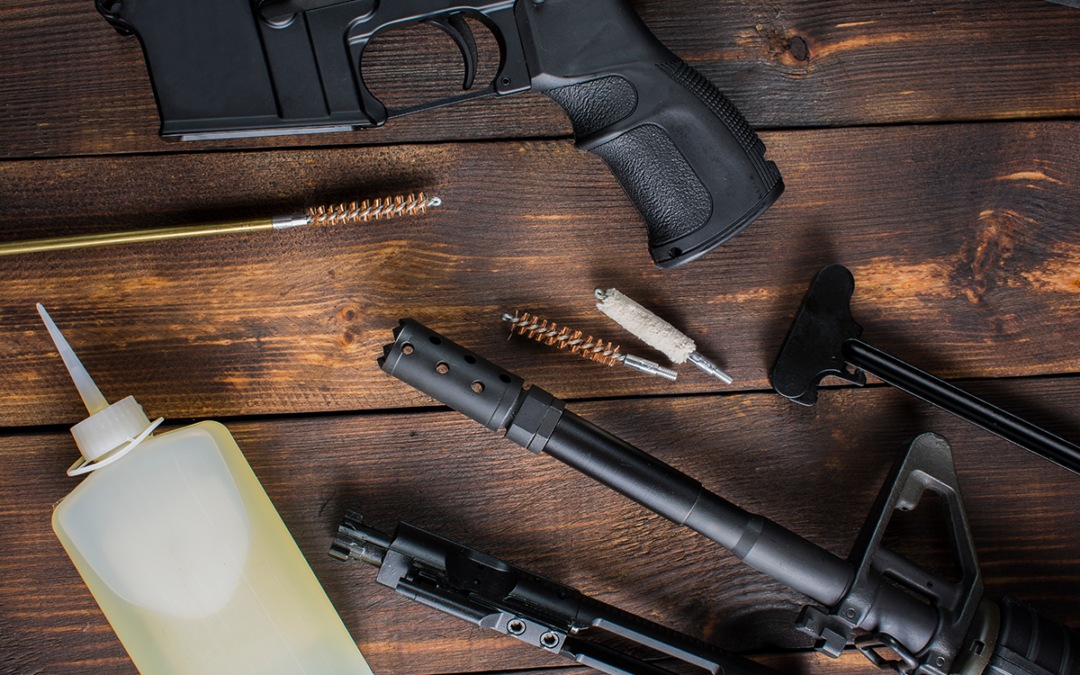The AR-15 is one of the most popular firearms in the United States. It is also one of the most multi-functional rifles available, allowing for multiple applications and endless modifications.
When people get an AR-15, it is widespread to buy complete builds, but there is also the availability to build your AR-15 from the ground up, piece by piece, or by buying a complete lower and a complete upper and just popping them together. Regardless of which way you obtain or build your AR-15, knowing all the system parts is essential so you know what to buy or fix when maintaining your rifle.
Upper Reciever Group
The upper receiver group is all the parts that encompass the base of the upper half of the rifle. While there are parts that can be attached to the upper receiver group, it primarily consists of the following parts:
Upper Reciever
The main assembly part of the upper receiver group, all of the upper receiver parts are joined together here.
Bolt Carrier Group (BCG)
Inside the upper receiver is the Bolt carrier group, which comprises the firing pin, bolt, cam pin, extractor, and gas key. This is the central portion responsible for the cycling of the firearm.
Ejection Port Cover
Located on the upper receiver’s exterior keeps debris from entering the chamber when the rifle is not in use.
Forward Assist
This mash button’s purpose is to be pressed to manually force the BCG forward even if it does not move forward to the correct positioning during the cycle of operations.
Charging Handle
Located in the upper receiver, this part is responsible for loading a round into the chamber, clearing the chamber, and pulling the BCG to the rear. It is a central component for handling a critical error in the cycle of operations.

Handguard
This part is always connected to the upper receiver; however, it can sometimes be free-floating or attached to the barrel. The purpose of this piece is to hide the gas tube and block, attach accessories, and act as a primary shield for your body from the hot barrel.
Barrel
attached to the upper receiver is the main component in the cycle of operations for an AR-15, as this is where the round travels through on its way out of the rifle.
Gas Block and Tube
The gas block is attached to the barrel and captures gas from a fired round directing it through the gas tube into the key of the BCG, allowing for the semi-automatic function of an AR-15.

Lower Reciever Group
this portion of the rifle is all the lower components that make up the firearm:
Lower Receiver
This is the main junction of the lower receiver group; this is also classified as the actual firearm. The components apart of the lower receiver include the magazine release, bolt catch, and safety selector.
Trigger Group
This is what initiates the cycle of operations. The trigger groups consist of the trigger, hammer, sear, and housing components for the trigger.
Buffer Tube/ Buffer
Part of the recoil system, the buffer system also allows for the movement of the BCG during the cycle of operations. It is the forward force that cycles the bolt.
Buttstock
Attached to the buffer tube is the base for the shoulder to fire the rifle appropriately.
Pistol Grip
attached to the lower receiver, this allows for a grip on the near portion of the firearm, giving access to the trigger, safety selector, and magazine release.

Attachments
An AR-15 has endless options for attachments, but these are some of the most common:
Muzzle Devices
These attach to the end of the barrel.
Compensators
Prevent muzzle climb, allowing for quick re-engagement while firing.
Muzzle Brakes
Reduce recoil without dispursing the gasses in the shooter’s field of view.
Flash Hiders
Reduces the muzzle flash on the side of the target but may temporarily blind the shooter in low light conditions.

Grips
Aside from the pistol grip, foregrips can be attached to the handguard, allowing for variable grip positions for the shooter.
Optics
Aside from the traditional Iron sights, optics of all sorts attach to the upper receiver rail system.
Laser/Flashlight
These attach to the handguard, and flashlights have the practical use of allowing for visibility in low-light conditions. While they give away the shooter’s position, they can also be used offensively to ruin the night vision of a viewer from the other end. Lasers are excellent for target acquisition, and some are used for accurate ranging and sighting of a target.
This is an overview of every part of the AR-15; I hope this helps you understand more about this versatile, popular firearm. If you are interested in purchasing one of your own, check out our side-charge AR-15 models and get one for yourself!

